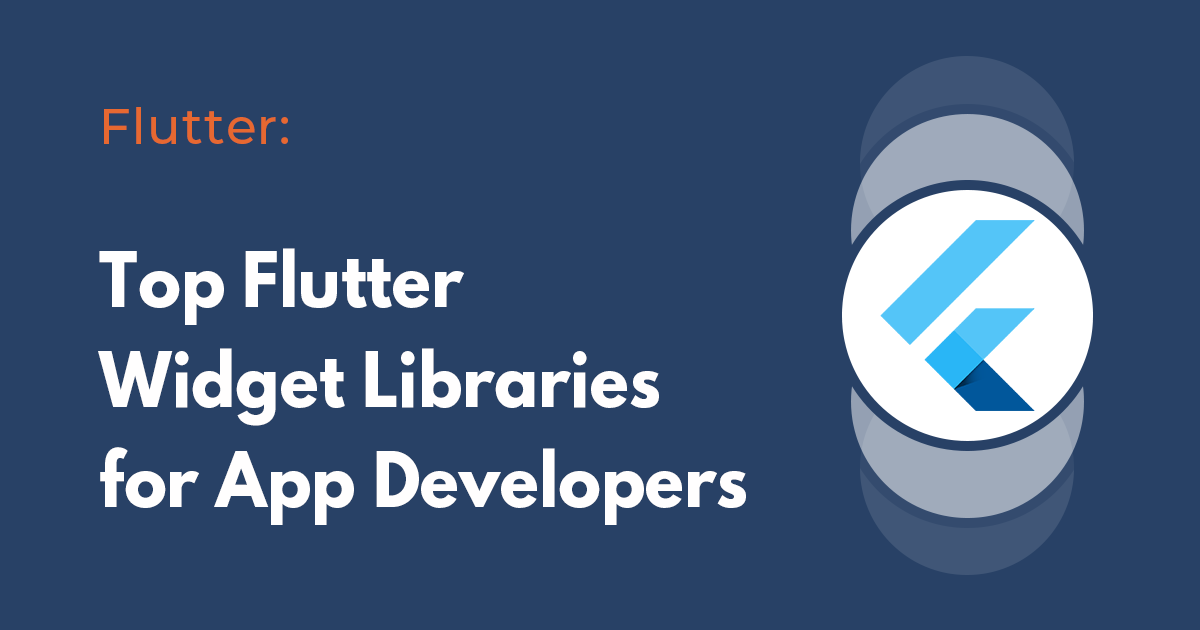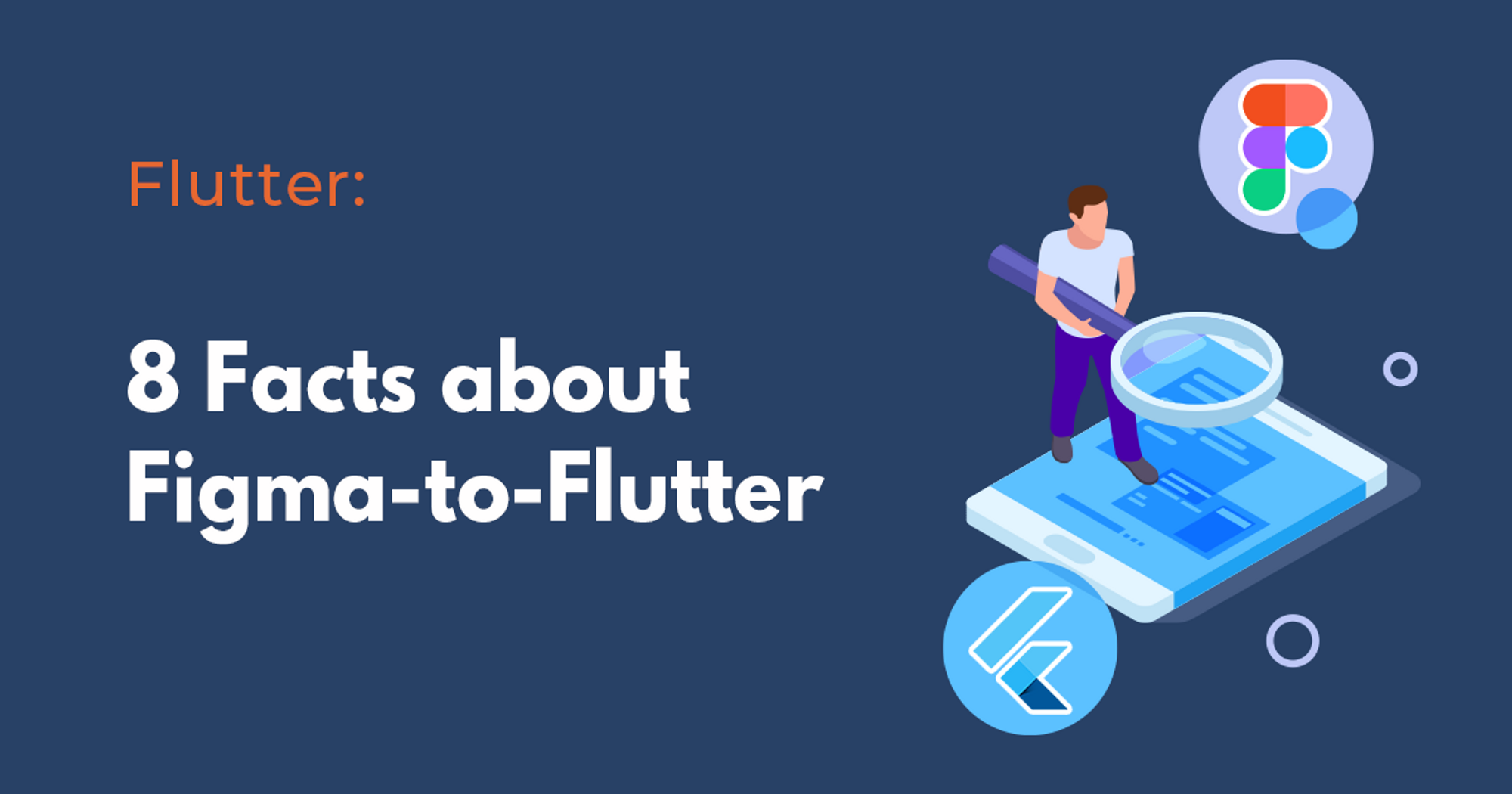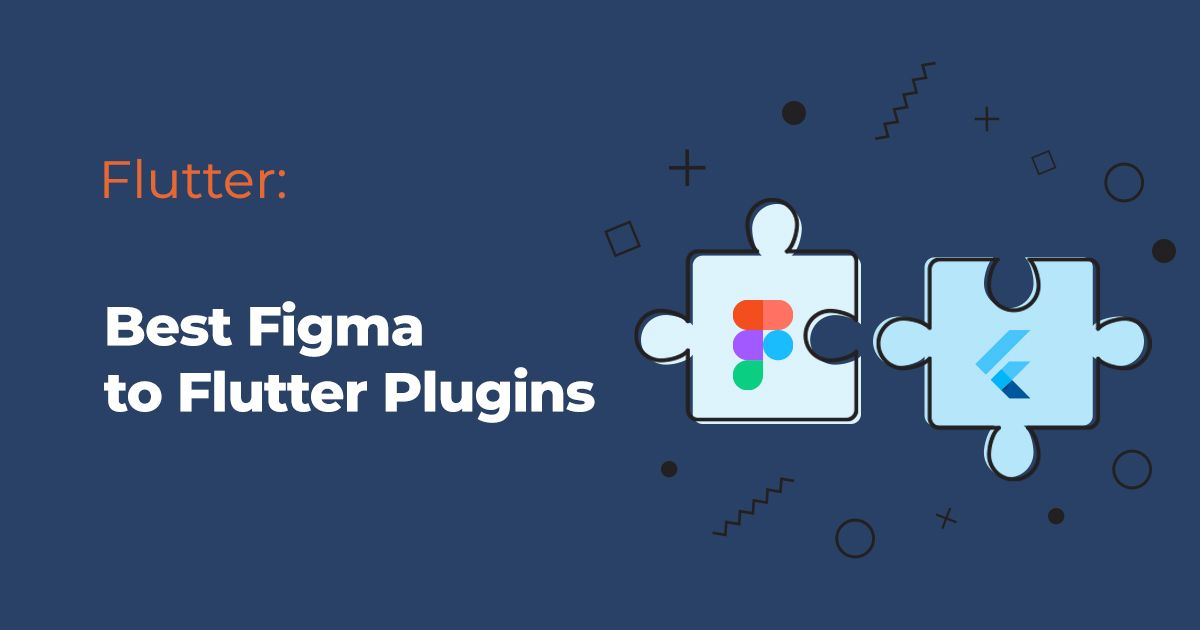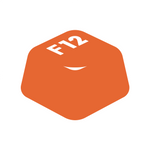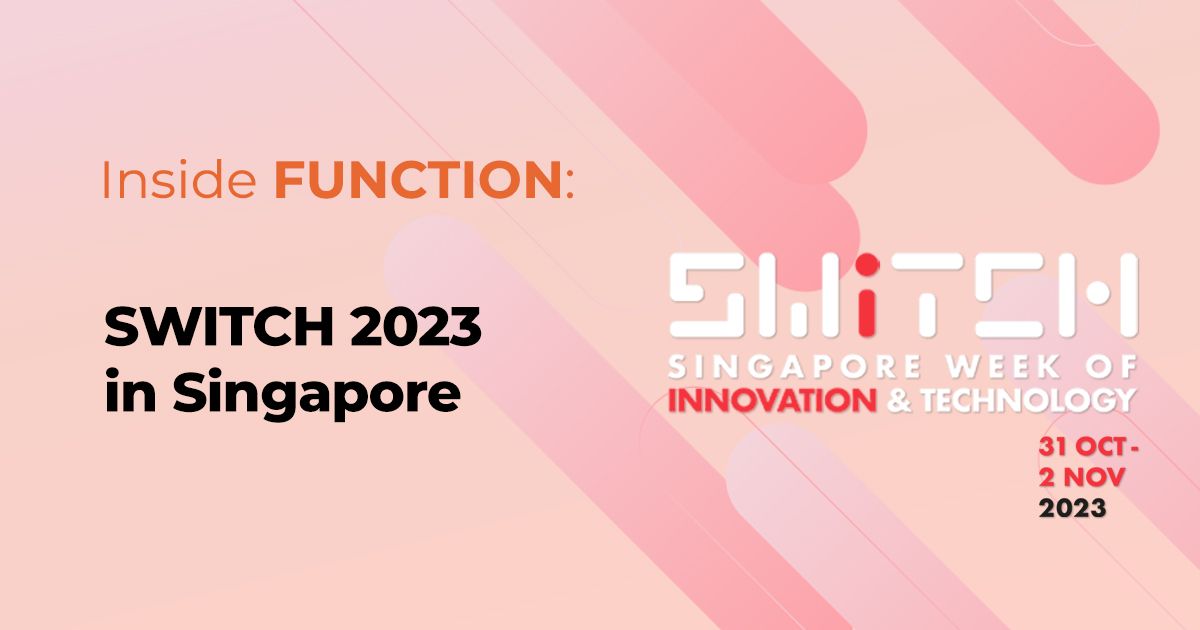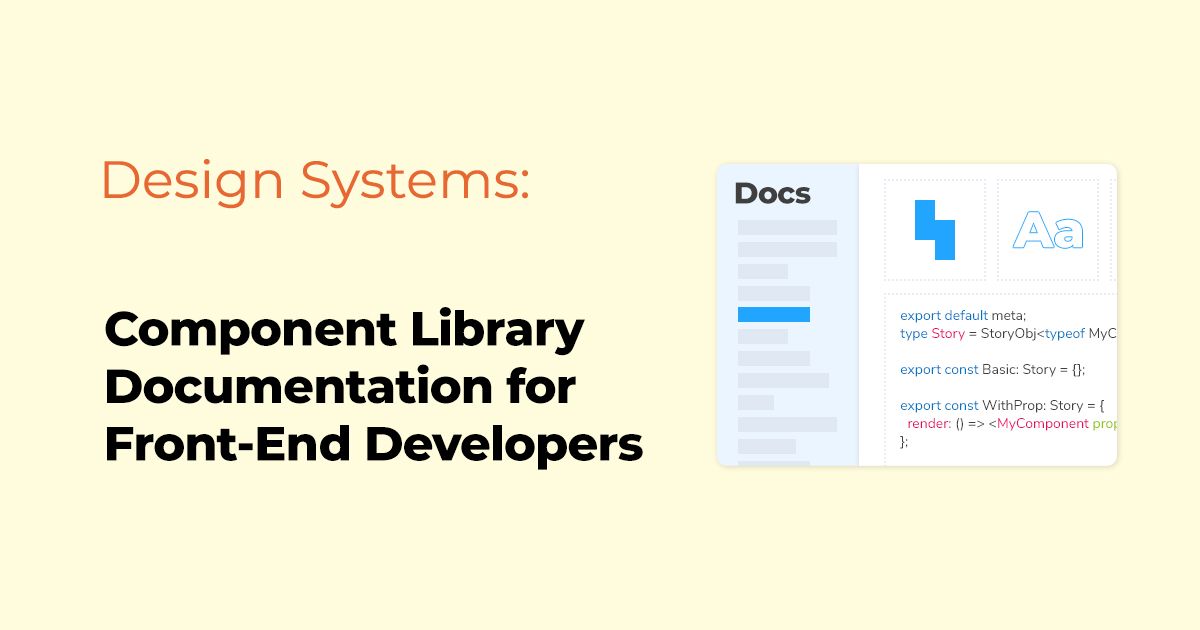As mobile app development continues to evolve, the need for efficient tools that streamline the design-to-development process has never been more crucial. One popular method gaining traction among developers is converting Figma designs directly to Flutter code. This approach not only accelerates the development timeline but also ensures a seamless translation of the designer's vision into a functional app. Let's dive into some of the top plugins available for this conversion:
1. Figma To Flutter:
- Features: This plugin is laser-focused on automating the transformation of design elements into Flutter widgets. Whether you're dealing with vector shapes, text, or effects, Figma To Flutter is up to the task. It dutifully exports these components, generating the corresponding Dart code for your Flutter applications.
- Benefits: The primary advantage here is efficiency. By drastically reducing the manual input required, the plugin ensures a more accurate and speedy rendition of the Figma design in your Flutter application.
2. Figma to Flutter Or SwiftUI:
- Features: This tool is a jack of all trades. Not only does it cater to Flutter, but it also serves Apple's SwiftUI. It's the go-to for teams that toggle between Flutter and native iOS development.
- Benefits: Its dual-platform support ensures that developers and designers can consistently mirror the aesthetics and functionality across both Flutter and iOS platforms.
3. Assistant by Grida:
- Features: Standing out from the pack, Assistant by Grida isn't just a mere code exporter. It's a bridge facilitating collaboration between designers and developers. One of its standout features is its ability to maintain the relationship between the Figma design and the exported code.
- Benefits: This symbiotic relationship streamlines the iterative process. Any changes in the design are seamlessly reflected in the code, minimizing miscommunication and repeated back-and-forths.
4. UIcode:
- Features: UIcode's claim to fame is its dedication to converting Figma components into Flutter code, with a special emphasis on mirroring animations and intricate interactions.
- Benefits: For apps that hinge on intricate animations and transitions, UIcode is a godsend. It ensures that the Flutter manifestation is in complete harmony with the designer's original vision.
5. DhiWise:
- Features: DhiWise goes beyond the surface. While it does the standard job of generating code, it's uniquely tailored to mold scalable and responsive Flutter applications out of Figma designs. It stands out with features like adaptable layout generation and theme-centric styling.
- Benefits: For expansive apps or projects where longevity and adaptability are at the forefront, DhiWise is a formidable ally.
Conclusion:
The bridge between Figma and Flutter is continuously being fortified with innovative plugins and tools. While the plugins listed above are among the best in the business, it's paramount to keep a finger on the pulse of the Figma community and the Flutter ecosystem. Tools evolve, and new champions might emerge. Before committing to a tool, evaluate its fit for your project's unique requirements. In some scenarios, a hybrid approach – leveraging multiple tools or making manual tweaks after conversion – might be the golden ticket to app perfection.
Related Posts
